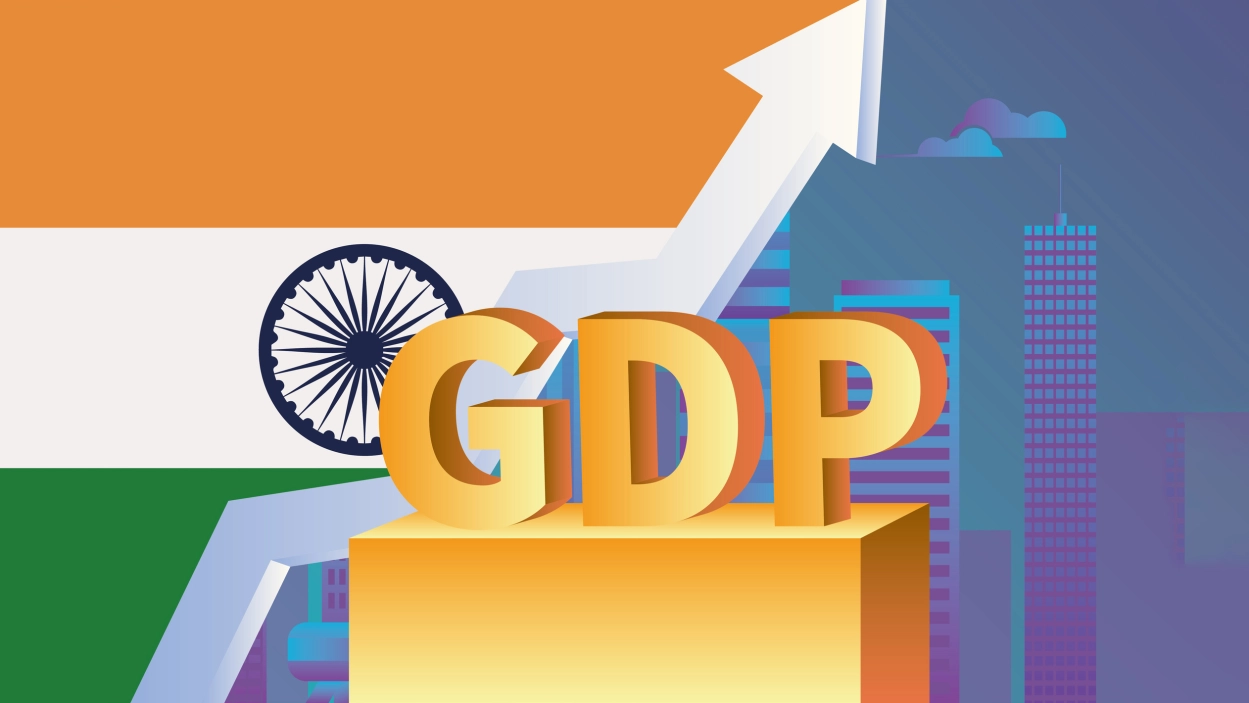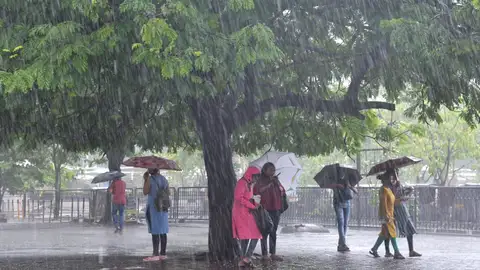Rama Krishna Sangem
Prime Minister Narendra Modi promised to make India the No 3 in the world in terms of GDP (Gross Domestic Produce), if he gets a third term in 2024. That means, India will become third major economy by 2029. Now India ranks No 5, behind the US, China, Germany and Japan. A decade ago, we were at No 10, but quickly climbed past, by five positions.
A recent analysis by SBI economic researchers team too expressed the possibility. They said, India can become 3rd largest economy in the world by 2028, at least two years before IMF (International Monetary Fund)’s predictions sometime back. Earlier, IMF estimated India will reach the 3rd largest GDP place by 2030. Going by the growth rates of all major economies, there seems to be a consensus on India’s rise to the 3rd spot sooner than later.
So, what it means to the common man? Will our problems be solved, if India becomes world’s No 3 in terms of GDP? How things will be different in India, if we become the largest economy, pushing behind Germany and Japan? Will be on par with those developed countries? Will India be in a position to compete with the top 2 economies – The US and China anytime in near future? These are the questions that come to our minds now.
Not much different conditions
A deeper observation of various parameters of our country suggest things will not be much different from what they are now. Per capita income, human development index and living standards of the majority people and educational standards etc. PM Modi five years ago promised to make Indian economy a 5 trillion US dollars one, by 2023-24. But, still we are at around 3.75 trillion US dollars economy.
Of course, we can blame it on Covid for two years, from 2020-2022. But, much disruption happened before too, due to demonetisation in 2016-17. Ukraine war too can be described as a factor for slowdown in our economy. But, in fact, it has done some indirect benefit to India, as we got cheaper oil from Russia. If oil prices are stable for the last one year, it is because Russian cheaper oil. All other Western nations suffered due to oil bill.
Others are slower, we’re not that faster
A major reason for India to aspire to become world’s No 3 in GDP, it is because other two countries in between – Germany, No 4 and Japan No 3 – are growing slowly. Presently, Germany is at 4.5 trillion US dollars economy, while Japan is at 4.6 trillion US dollars. Germany is growing at an average 2 per cent for the last one year and is expected to grow in next couple of year, The same in case of Japan is 1.5 per cent to 2 per cent.
India on the other hand is growing at 6.1 per cent currently and is likely to grow at 6.3 per cent in the next couple of years and beyond. So, from the present 3.75 trillion dollars economy, we will easily surpass Germany and Japan in next five years. This is not because of our faster growth rates – India desired to achieve double digit growth rate for the last 14 years but we couldn’t. but, because of slow growth of Germany and Japan.
Even if we surpass Germany and Japan in terms of GDP volumes, we will be nowhere nearer them in per capital incomes – thought that is also not a criteria to measure a country’s wealthiness. As of now, Germany per capita income is at 31,000 US dollars, while that of Japan is at 36,000 US dollars. Whereas, India’s per capita income is just around 3,200 US dollars. No need to compare with that of US at 80,400 dollars and China at 13,370 dollars.
On July 30, a report from Standard Chartered Bank mentioned India’s percapita income will go up to 4,000 US dollars (Rs 3.76 lakh) by 2030. That mean, two years after we become world No 3 in GDP. That means we will be in the upper middle class group. But, by the time, not less than 60 countries in the world will be in the upper middle class group. So, we will still be in the world’s average class!
At 142 core population, India is justified in having a lower per capital income compared to Germany with 6 crore population and Japan at 12.5 crore people. But, the average incomes – the total size of GDP divided by population – reflects the long journey ahead of us. The size of the poor people – around 80 crore will be more or less the same. The size of the middle- class around 40 crore too will be the same.
Weak universities, poor R&D
India still lags behind the G-7 countries and most of G-20 too, in terms of quality of higher educational institutions and research and development (R&D). Remember last week, Foxconn pulled out of a joint venture with Vedanta to build a semiconductor project in Gujarat? Because, lack of proper technology firm’s participation. We, in India don’t have that kind of firms, though around 20 per cent of skilled workforce in semiconductor sector comes from here.
Healthcare and infrastructure are the other two major sectors that beg massive investments. Compared to the rich countries, India fares badly on these two areas. One major problem with infrastructure is lack of enough private investments. Still government is the biggest pusher of investments in public facilities – roads, airports and ports. Change of governments will affect continuous momentum in these sectors.
The portion of upper middle-class will be 15 -20 crore, while the rich and super rich will be the remaining – maybe around 5 crore. Economists like Thomas Piketty and organisations like Oxfam say income inequalities in India will continue to grow in coming years – whereby rich become richer and super richer, while poor will be poorer or utter poorer. Opportunities too will different for diferent groups – rich and poor.
Is India ready to address this challenge? PM Modi’s BJP will be able to sort out these inequalities? As of now, BJP’s economic philosophy – Antyodaya – of Deendayal Upadhyaya – talks about only taking of the utter poor through welfare mechanism, while the rest will be left to the trickle down theory – where economic development will automatically reach every section of society. Will it happen really? PM Modi should also explain these issues.


